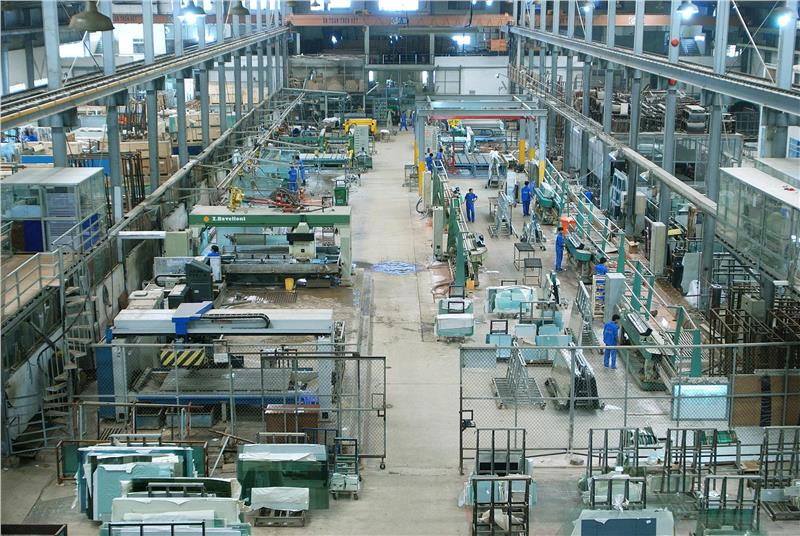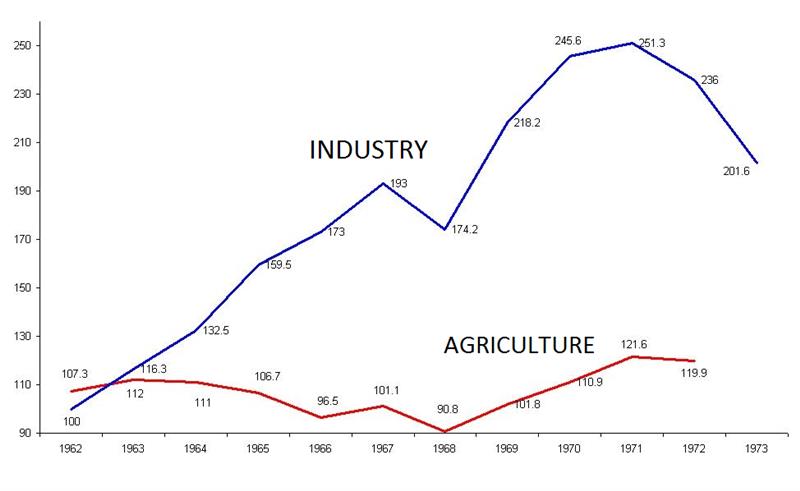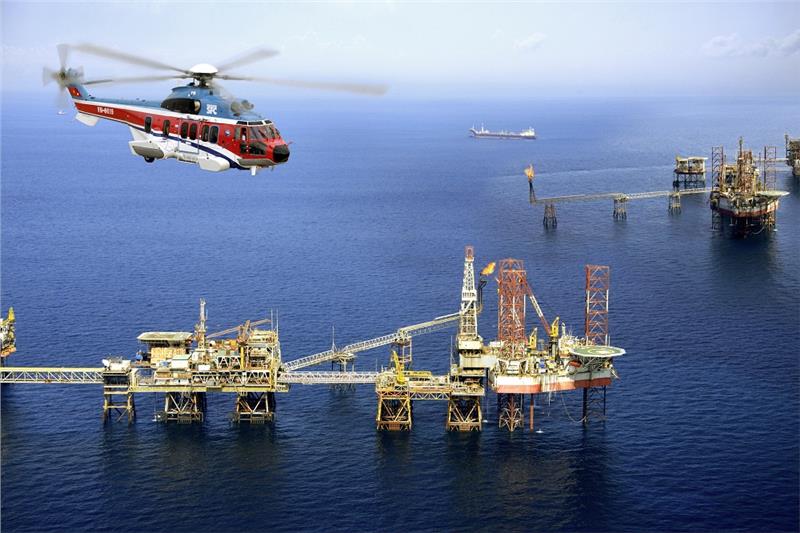Structure of industries in Vietnam is various and increasingly changes positively. Vietnam industry consists of important fields in three main groups: exploiting industry, processing and producing industry, electricity, water, and gas distribution. Among those, there are main Vietnam industry sectors with long-lasting potentials, high efficiency, and strongly influencing other industries. Currently, structure of industries in Vietnam is changing to fit the new world situation; to specify, increasing processing industry, reducing exploiting, producing, distributing electricity, water and gas industry. To ensure a sustainable Vietnam economic development, there are directions to complete structure of industries in Vietnam. First, it is necessary to establish a flexible structure which is suitable to conditions in Vietnam, and matches world economy. Second, focal and main industry must be boosted and strengthened. Third, the change in equipment and technology is a must.

The operation of Vietnam industrial zones concentrates on main areas. In Red River Delta and neighboring areas like Haiphong, Bac Giang, Thai Nguyen, Phu Tho, Hoa Binh, the density of industry is the highest in Vietnam with main industries of mining coal, building materials, metallurgy, chemicals, and hydroelectricity. While, in Central Coastal area like Hue, Da Nang, Vinh concentrates on mechanic, food processing, and electricity with Da Nang as the biggest industrial center in this region. In Southern Vietnam, there is an industrial line with main industrial zones in Ho Chi Minh City, Bien Hoa, and Vung Tau. Here, there are industries of exploiting oil and gas, food production, metallurgy and electronic. Meanwhile, industry in mountainous areas is in slow development with rambling distribution. According to Vietnam economic sectors, industry structure in Vietnam has changed deeply into state sector, non-state sector, and foreign investment sector. There are more economic sectors joining industrial operations.

After the victory of Dien Bien Phu Battle on May 7 (1954), and according to the Geneva Accord in July 1954, Vietnam was divided into two military zones. The North Vietnam, on one side, built up socialism; on the other hand, the region helped the Liberation Front of South Vietnam conduct war against America. Meanwhile, South Vietnam established its own government with major financial and military aid from the United States, and constructed its economy in the direction of capitalism. After the reunification (1975), Southern Vietnam was taken over, which contributed to adjusting direction and method of constructing Vietnam to be an industrialized country. After Doi Moi Reforms in 1986, Vietnam has chosen the way of building socialism in combination with market mechanisms regulated by the state. The country also set target to make Vietnam an industrialized country by 2020. Thus, rapidly reduce processing and promote the development of supporting industries, enhance investment efficiency, productivity, and innovate technical and technological equipment are now the compelling needs for Vietnam industry.

In recent years, in GDP of the entire Vietnam economy, the construction industry has been occupying an increasingly important position. GDP growth rate of the industry generated by this sector in 2012 compared to that in 1990 is 7.1 times higher, increasing by 9.34% per year, much higher than the total GDP in the corresponding period (4.3 times and 6.84% per year). The proportion of industry and construction in GDP has increased from 22.67% in 1990 to 38.63% in 2012. Industry in Vietnam has become a leading motivation growth of the entire economy. By virtue of Doi Moi Reforms and open-door policy of Vietnam government, Vietnam industry can accomplished these achievements. At the same time, the capability of production and exploitation of both domestic and international resources is improved significantly.
However, from 2009 to present, Vietnam industries witness a slow development. The production value in the period of 2009 – 2012 rose just 8.36% per year. The rate of production of all Vietnam industry also tends to slow down (increased by 8.7% in 2008, 7.8% in 2009, 8.8% in 2010, 7.3 % in 2011, and just 4.7% in 2012). Among Vietnam industries, the processing industry in 2012 was lower than the growth rate of the whole industry. The main reason is due to difficulties in the input and output, as the industrial structure is still heavily processed. By 2020, the overall objective of Vietnam industry is to become an industrialized country towards modernization. This requires the industry of Vietnam to quickly reduce the processing, promote the development of supporting industries, improve the efficiency of investment, productivity, innovation in technical and technological equipment, develop industry in the countryside to produce products of agriculture, forestry and fisheries, increase added value, protect and improve environment.
